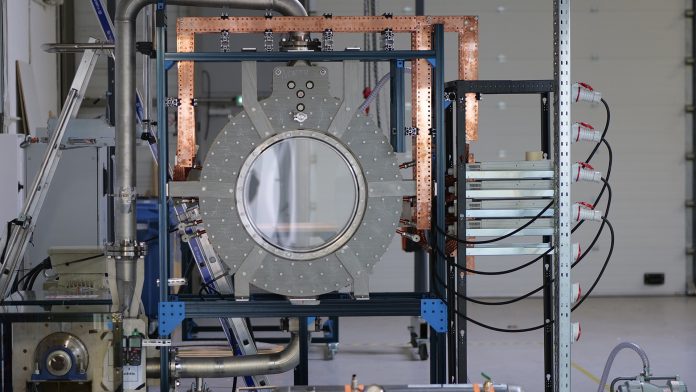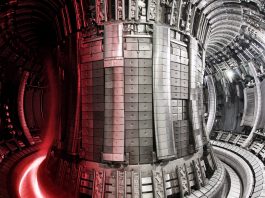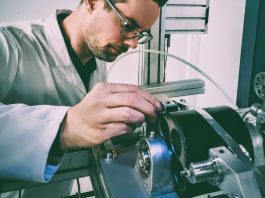Francesco Volpe, Co-founder of fusion startup Renaissance Fusion, talks us through the company’s unique stellarator technology that promises to accelerate fusion development in Europe.
“We decouple energy from fuels and emissions by building a super-star on Earth.” This is the foundation of magnetic confinement fusion startup, Renaissance Fusion. Founded in 2020 by Francesco Volpe and Martin Kupp, the company is dedicated to building stellarators – the most efficient, steady, and stable fusion reactors – using unique high-temperature superconducting magnets and liquid metal shields.
Located in France, Renaissance Fusion is ideally situated amongst a hub of European fusion talent. The company’s simplified stellarator design offers many competitive advantages in the race towards fusion commercialisation. To learn more about what makes Renaissance Fusion’s technology unique, The Innovation Platform spoke to Co-founder Francesco Volpe.
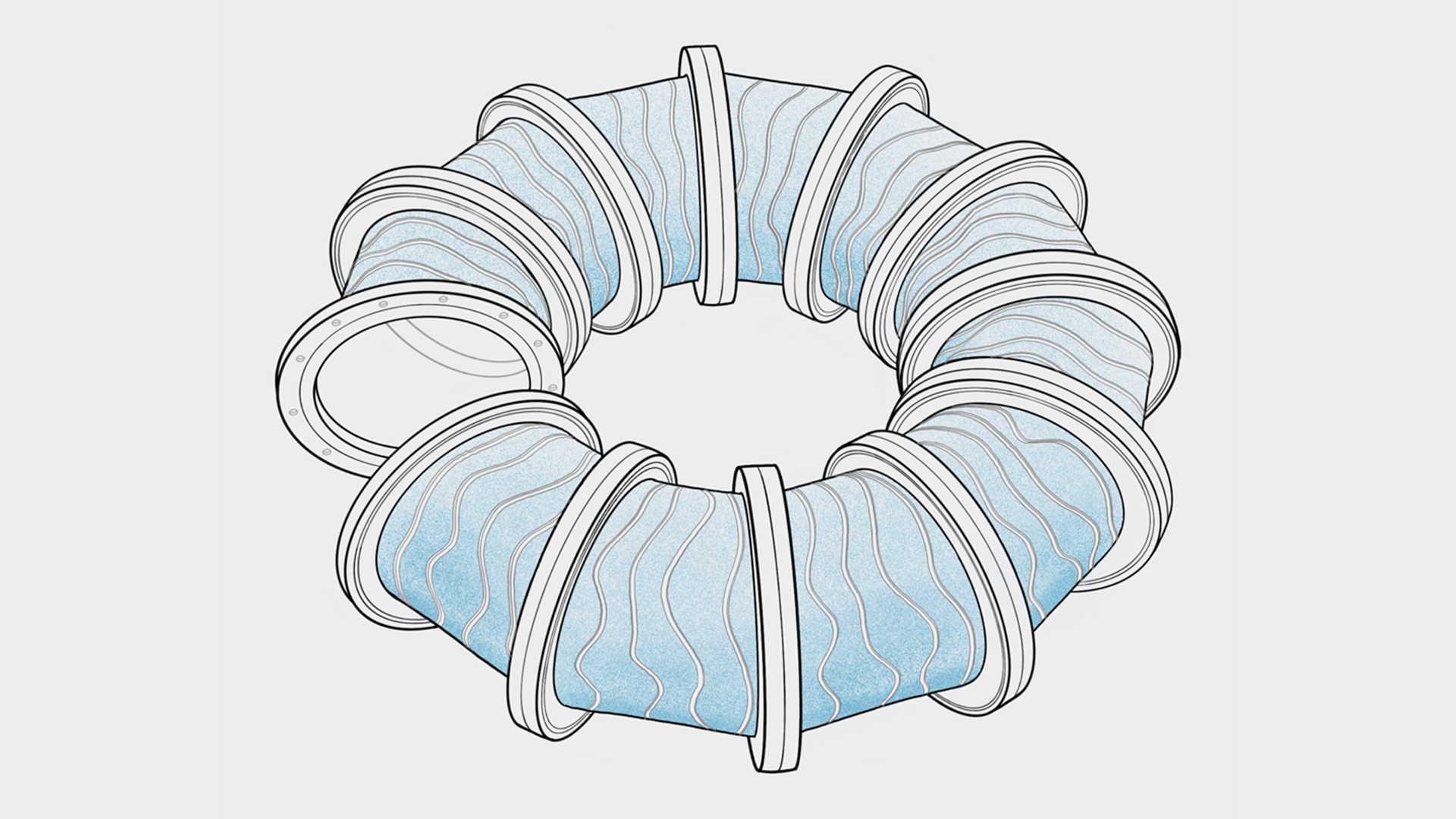
Can you explain more about Renaissance Fusion as a company, its background, and what the company offers?
I am a physicist from Italy. I studied in Germany and specialised in the UK, but spent most of my career in the US. I then returned to Europe, where I started Renaissance Fusion. Renaissance Fusion is a startup located in Grenoble, France, realising the stellarator. A stellarator is a highly complex magnetic fusion device, but we make it simple.
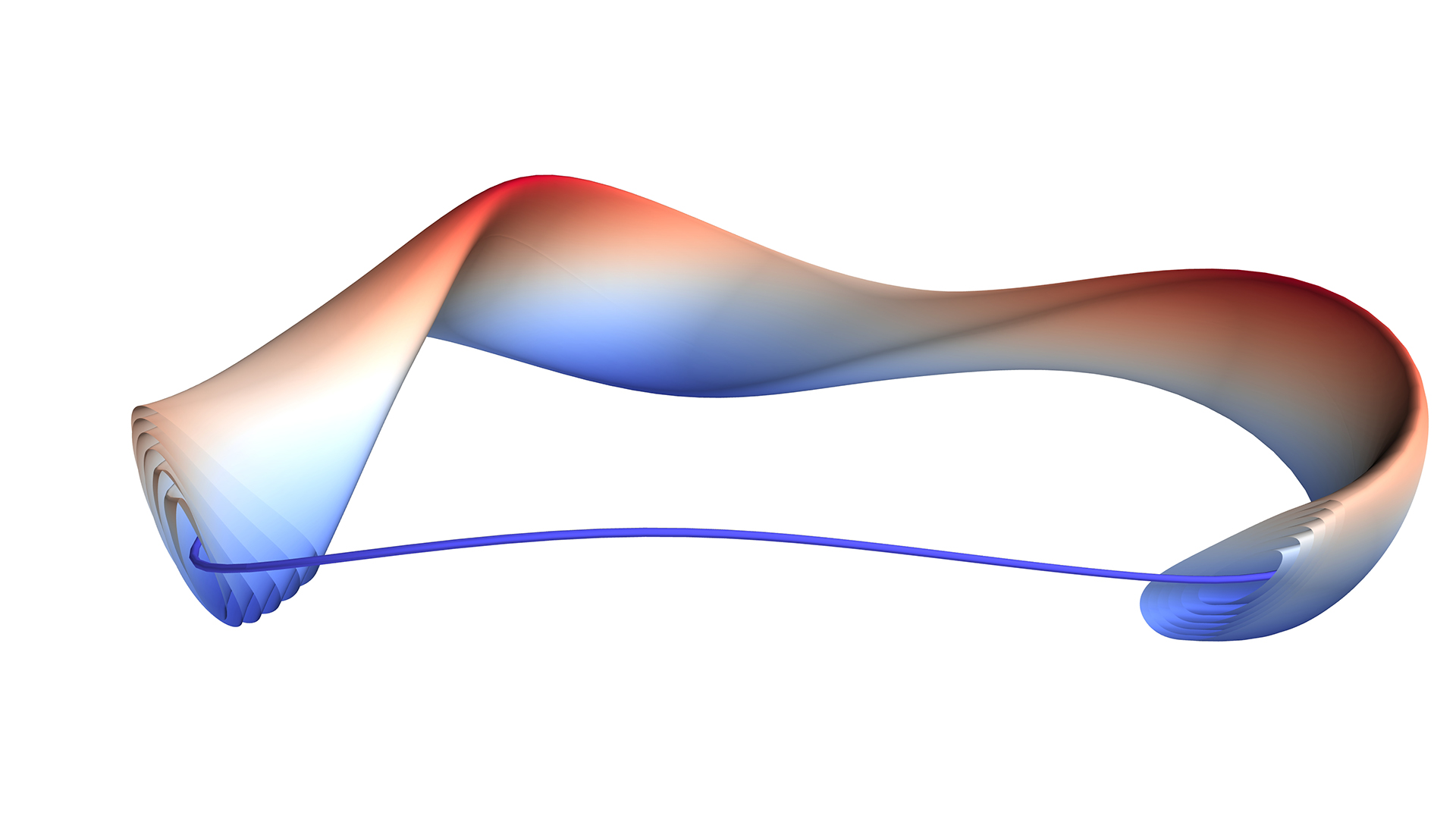
In the process of simplifying the stellarator, we also simplify the manufacturing of high-temperature superconductors (HTS). This is a relatively new class of materials, allowing the generation of strong magnetic fields and thus enabling more compact and affordable fusion devices. It is typically a very lengthy and expensive process, but we speed it up.
Another innovation is the plasma-facing walls. The conditions of fusion are extreme (extreme heat, extreme neutron flux) and no solid materials withstand those conditions for prolonged periods of time without being damaged and becoming radioactive. We decided to embark on liquid walls facing the plasma, thick enough to stop the neutrons and flowing continuously, to extract the heat. The liquid walls fulfil multiple purposes.
Firstly, they shield the solid parts of the device and humans from radioactivity, both direct and induced. They also extract the heat that can then be converted into electricity. Lastly, the application of these liquid walls is breeding the fuel for the reactor. When we say that the fuel for fusion reactors is inexhaustible, strictly speaking that is only true for one of the two fuels, deuterium. This liquid metal wall based on lithium breeds the second fuel, tritium.
What makes your technologies different? How do they address the challenges commonly associated with other stellarators?
There are several challenges associated with conventional stellarators.
The challenge of the complexity of the magnets is always the highest concern, which we are addressing by simplifying the coils. Instead of making three-dimensional sculptures, we coat large surfaces with superconductors and then engrave these surfaces with a laser to achieve large superconducting circuits that carry current. This is a very simple and versatile way of making coils.
Secondly, most stellarators look like bicycle tyres. They are shaped like doughnuts, but ‘high aspect ratio’ donuts. However, it is more efficient for them to be shaped like cored apples. We focus on making low aspect ratio stellarators, which are more affordable and perform more efficiently.
Using HTS also allows us to make the stellarators more compact than typical ones. We are not unique in this regard as there are other startups building HTS stellarators, but we are pushing this to the limit. We are also the only stellarator company using liquid walls.
Another advantage is the HTS tape orientation. Our HTS material is always at the best orientation with respect to the magnetic field, meaning it yields the highest performance. Or, for the same level of performance, you consume much less material. This, again, makes it more affordable.
What stage is the company at currently?
We have three technological pillars: the liquid metals, the larger HTS, and the stellarator. We have achieved promising experimental results in the liquid metals and in the HTS manufacturing. Our stellarator is still in development, but we have built some magnets conducive to the stellarator. We have theoretical, modelling, and experimental results in all three branches.
The liquid metal branch is at the most advanced stage, and we have experimentally realised a layer of liquid metal 10cm thick, flowing on the inside of a cylinder. We are very proud of that result. It also spilt very minimal droplets. Droplets are undesirable in a reactor situation because they would turn off the plasma (the heat source of the reactor), meaning that the plasma would need to be restarted.
We are currently in talks with some utilities to determine what a tolerable frequency of such droplets would be. We are also working on the next generation of our liquid metal solution, which is based on hot liquid metals. The liquid metals used so far were special alloys that are liquid at room temperature, but these are not the ideal materials for use in the reactor, and not at the temperatures of the reactor. We are now looking at fusion-relevant materials and temperatures.
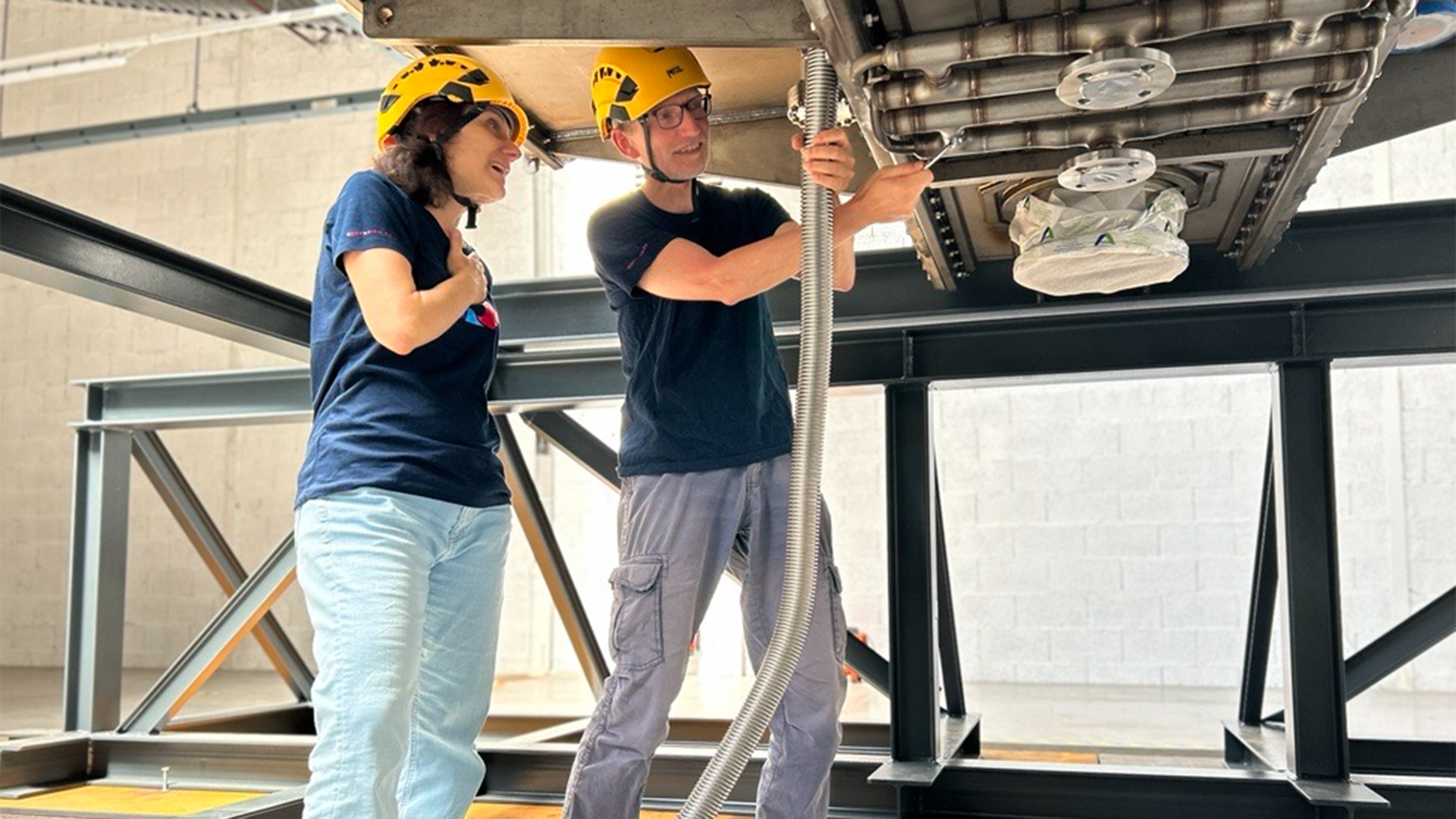
The area of a wider HTS tape (the first of their kind ever, worldwide) is a work in progress and we are getting ready for our first major experimental result. Namely, we designed, modelled and are now building machines for the film deposition of these special materials. We commissioned the vacuum chambers and now we are in the process of installing various injectors on them. In the coming months, we expect to have our first samples of superconducting material.
Regarding near-term objectives for the stellarators, we are working on a copper tabletop stellarator built with our innovative corrugation concept. Whilst advancing toward manufacturing our HTS, we decided to work on derisking the engraving technique using copper or aluminium. Prior to applying it to a stellarator, we successfully tested the technique on a magnetic resonance imaging (MRI) system, and a magnet used for a microwave source called a gyrotron whihc is used in telecommunication and plasma heating applications. The magnet for the gyrotron was built and proven and worked very well, and the magnet for the MRI also performed extremely well, even better than brand-new conventional MRI magnets.
What do you hope to achieve in the near future, and what is required to do this?
For the HTS alone, tens of millions of euros in investment are required in order to build a second line of manufacturing. We are looking for between €50-70m for our Series A funding. This investment would allow us to continue with the HTS development and, ultimately, become HTS producers.
Another big milestone associated with this fundraise is building a module of the stellarator. Our doughnut will consist of several cylinders connected to each other. We will supply a kit of subassemblies that can be manufactured in a centralised factory and shipped to a power plant to be assembled on site. The grand objective of this funding series is to build one of these modules and demonstrate that it can work. We want to prove that we can generate the stellarator field with our wide HTS and, the layer of liquid metal flowing with the correct thickness and speed. If we can build one of these modules, we can build many.
Our team currently stands at 60 people, but, in order to achieve our goals, we need a team of at least 100. Part of the funding will support the growth of our team. We currently have two locations, both just outside of Grenoble in Fontaine. However, fusion is a global endeavour and we need talents from all around the world. Eventually, we intend to open subsidiaries in other countries.
What role do you hope that Renaissance Fusion can play in the commercialisation of fusion energy?
We want to become a leading producer of stellarator power plants, with a focus of achieving full vertical integration.
In addition, we could also be horizontally integrated. For example, we could supply HTS and liquid metal systems to other fusion startups. We are very open to supporting other organisations in the field and we don’t think it is a distraction from the ultimate goal of making fusion happen. In fact, it could bootstrap the development of fusion. It could be an early revenue generator that helps the financing of fusion in the longer term. We are already exploring this route for non-fusion applications, such as wind energy. We would be very happy to supply HTS systems to other fusion reactor producers. In fusion, we have this neologism of ‘coopetitors’ (co-operative competitors) – meaning that, even though we are competitors in the different fusion technologies, we can co-operate on advancing fusion energy development.
What do you think could be changed to further the acceleration of fusion development?
In my view, while the growth of fusion startups is exciting, there are many of us pursuing similar paths. Although we complement each other in certain areas, there is also a lot of overlap, with multiple companies competing for the resources. This can sometimes slow down overall progress. I believe that by working together more closely, through collaborations or even mergers, we could accelerate advancements and better support the commercialisation of fusion.
Please note, this article will also appear in the 20th edition of our quarterly publication.

